Friday,
Dec 5
Stuttgart
4°
Saturday,
Dec 6
Stuttgart
7°
Sunday,
Dec 7
Stuttgart
10°
Monday,
Dec 8
Stuttgart
9°
Tuesday,
Dec 9
Stuttgart
8°
Wednesday,
Dec 10
Stuttgart
9°
MORE IMPORTANT INFORMATION ABOUT YOUR TRAVEL TO Stuttgart
The Train station is located at the center of Stuttgart
Stuttgart T-, STOOT-, SHTOOT-; German: [ˈʃtʊtɡaʁt]; Swabian: Schduagert [ˈʒ̊d̥ua̯ɡ̊ɛʕd̥]; names in other languages) is the capital and largest city of the German state of Baden-Württemberg. Stuttgart is located on the Neckar river in a fertile valley known locally as the "Stuttgart Cauldron". It lies an hour from the Swabian Jura and the Black Forest. Its urban area has a population of 634,830, making it the sixth largest city in Germany. 2.8 million people live in the city's administrative region and 5.3 million people in its metropolitan area, making it the fourth largest metropolitan area in Germany.
Source:
WikipediaADDITIONAL INFORMATION ABOUT Brussels
The Train station is located at the center of Brussels
Brussels (French: Bruxelles [bʁysɛl] or [bʁyksɛl]; Dutch: Brussel [ˈbrʏsəl]), officially the Brussels-Capital Region (French: Région de Bruxelles-Capitale; Dutch: Brussels Hoofdstedelijk Gewest), is a region of Belgium comprising 19 municipalities, including the City of Brussels, which is the capital of Belgium. The Brussels-Capital Region is located in the central portion of the country and is a part of both the French Community of Belgium and the Flemish Community, but is separate from the Flemish Region (within which it forms an enclave) and the Walloon Region. Brussels is the most densely populated and the richest region in Belgium in terms of GDP per capita. It covers 162 km2 (63 sq mi), a relatively small area compared to the two other regions, and has a population of over 1.2 million. The five times larger metropolitan area of Brussels comprises over 2.5 million people, which makes it the largest in Belgium.
Source:
WikipediaImages of the trains for your trip


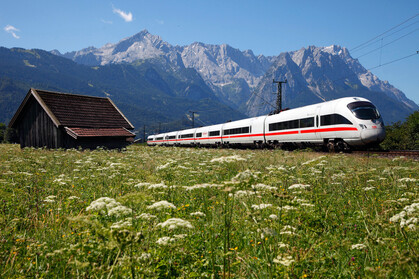

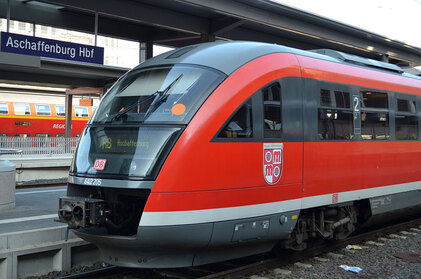







Where Can You Travel With Us?
TAKE A LOOK AT OUR MAP
France
Italy
Netherlands
Luxembourg
Austria
Germany
Belgium
Switzerland
Denmark
Sweden
Norway
Hungary
Czech
Ukraine
China
Active
France, Italy, Netherlands, Luxembourg, Austria, Germany, Belgium, Switzerland, Denmark, Sweden, Norway, Hungary, Czech, Ukraine, China
Upcoming
USA, Canada, Spain, Poland, Japan
Other Train Trips From Brussels
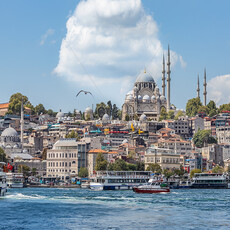
Brussels to Bockstael

Brussels to Maffle

Brussels to Aalter
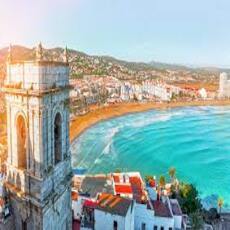
Brussels to Hove

Brussels to Mortsel Oude God

Brussels to Quievrain

Brussels to Bissegem

Brussels to Ceroux Mousty
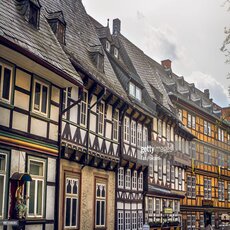
Brussels to Aubange
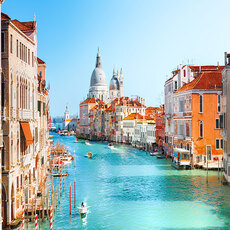
Brussels to Gouy Lez Pieton

Brussels to Jemeppe Sur Sambre
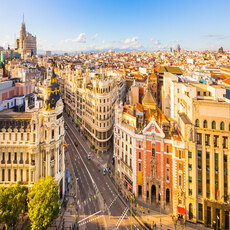
Brussels to Houraing
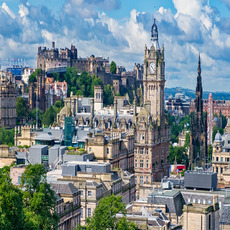
Brussels to Libramont
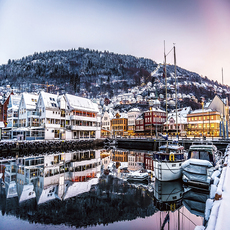
Brussels to Familleureux

Brussels to Jambes
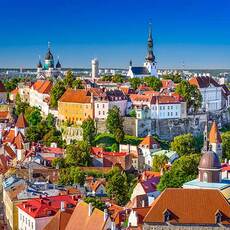
Brussels to Eupen

Brussels to Floree
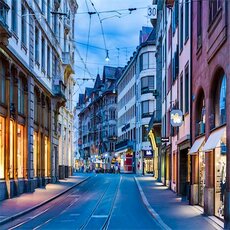
Brussels to Erbisoeul

Brussels to Stockem

Brussels to Limal
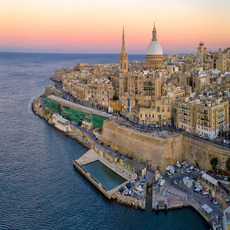
Brussels to Ernage

Brussels to Bastogne North
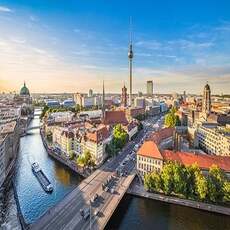
Brussels to Dolhain Gileppe

Brussels to Boom

Brussels to Lede

Brussels to Etterbeek

Brussels to Labuissiere

Brussels to Liege Jonfosse

Brussels to Zele
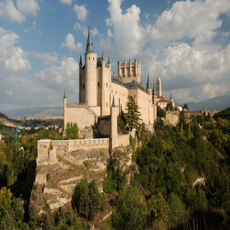
Brussels to Courcelles Motte
WHY YOU SHOULD TRAVEL BY TRAIN?
To travel from Brussels To Stuttgart, trains would be the best travel choice, for several reasons:
1
Eco-Friendly
Trains are the most environmentally-friendly way of transport to the EU Environment Agency. They are powered by electricity, which is renewable and has a low environmental impact.
2
Speed
Travelling by train is in most cases the fastest way to go from Rome to Milan. Trains usually travel at high speeds, making them the fastest way to get from one place to another.
3
Safety
Travelling by train is one of the safest forms of transport. Trains are heavily regulated and monitored, making them safer than other forms of transport.
4
Price
Travelling by train is often cheaper than other forms of transport, such as flying or taking a bus. Trains are often subsidized by the government, making them cheaper than other forms of transport.
5
Luggage
Travelling by train is a great way to transport luggage. Trains usually have plenty of space for luggage and they are usually safe and secure.
6
Luggage
Travelling by train is often faster than other forms of transport, such as driving or taking a bus. Trains usually travel at high speeds, making them the fastest way to get from one place to another.
7
Comfortability
Travelling by train is usually very comfortable. Trains usually have comfortable seating and plenty of legroom, making them a great way to travel.
8
Comfortability
Travelling by train is a great way to get some sleep. Trains usually have comfortable seats and plenty of legroom, making them a great way to get some rest while travelling.
9
WIFI
This is not necessarily the most important when you travel since we prefer to tell you to enjoy your travel without your phones, but on trains, you can find WIFI onboard, so you remain connected to the internet if you choose to.
THESE ARE THE TRAIN OPERATORS WE WORK WITH




















